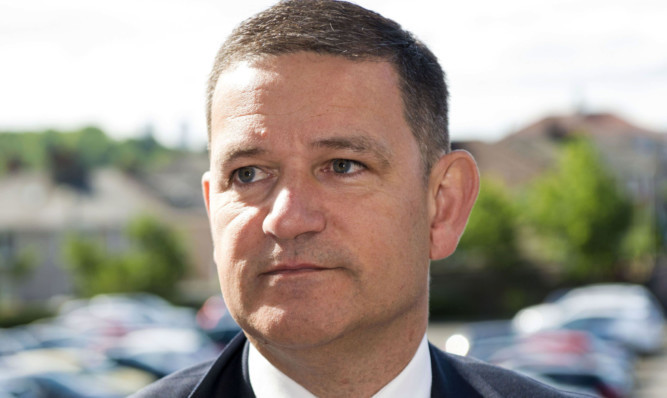Development in Perth and Kinross could come to a standstill if builders are forced to pay significant new levies, it has been claimed.
Construction firms have hit out at proposals that will force them to pay around £6,000 per housing unit towards infrastructure costs.
The local authority said it must secure at least £300 million of investment to cope with the heavy demands of a predicted population explosion.
According to official statistics, the population of Perth and Kinross will increase by 22% (nearly 31,000 people) between 2006 and 2031, far exceeding the national average.
As part of efforts to attract the necessary funding, Perth and Kinross Council has outlined proposals to seek upfront payment before giving planning consent for new developments. Alternatively, developers will have to enter into a legal obligation to make phased payments.
Current estimates for the Shaping Perth’s Transport Future project reveal that around two thirds of the overall £109m cost will be attributed to new developments.
Building firms have urged caution over the proposals and some are even considering legal action as they consider the council’s actions to be an “unlawful” use of Scottish Government guidance.
Managing director of GS Brown, Steve Brown, said: “We have seen eminent legal opinion which suggests we are right and a number of other builders feel the same.”
He described the plans as “thoroughly bad news” that would affect all projects in the local area, even forcing some out completely. Meanwhile Hadden Construction Limited said contributions must be “realistic and roportionate”.
A report detailing the extent of support required as part of the Perth and Kinross Local Development Plan will be discussed by members of the council’s enterprise and infrastructure committee on Wednesday.
It states: “It is neither sustainable nor good planning to wait until capacity is used up and then begin to recognise and address the problem. It will be necessary to analyse current capacity and future demand, making the solution to collective responsibility of the council and developers over the long term.
“This approach is the most equitable, sharing the cost with all development which places new demand on infrastructure capacity, rather than placing an uneconomic burden on a limited number of developers in later years.
“With the population increase of Perth and Kinross driven by in-migration, largely from other parts of the UK, a partnership approach is required between the council and developers to ensure infrastructure capacity is not to become a major constraint on new development.”
The supplementary guidance is intended to provide developers with a greater certainty of the contributions that will be sought and provide a more transparent, practical and accountable approach to negotiations.
Enterprise and infrastructure convener John Kellas gave assurances the council is still very much open for business.
